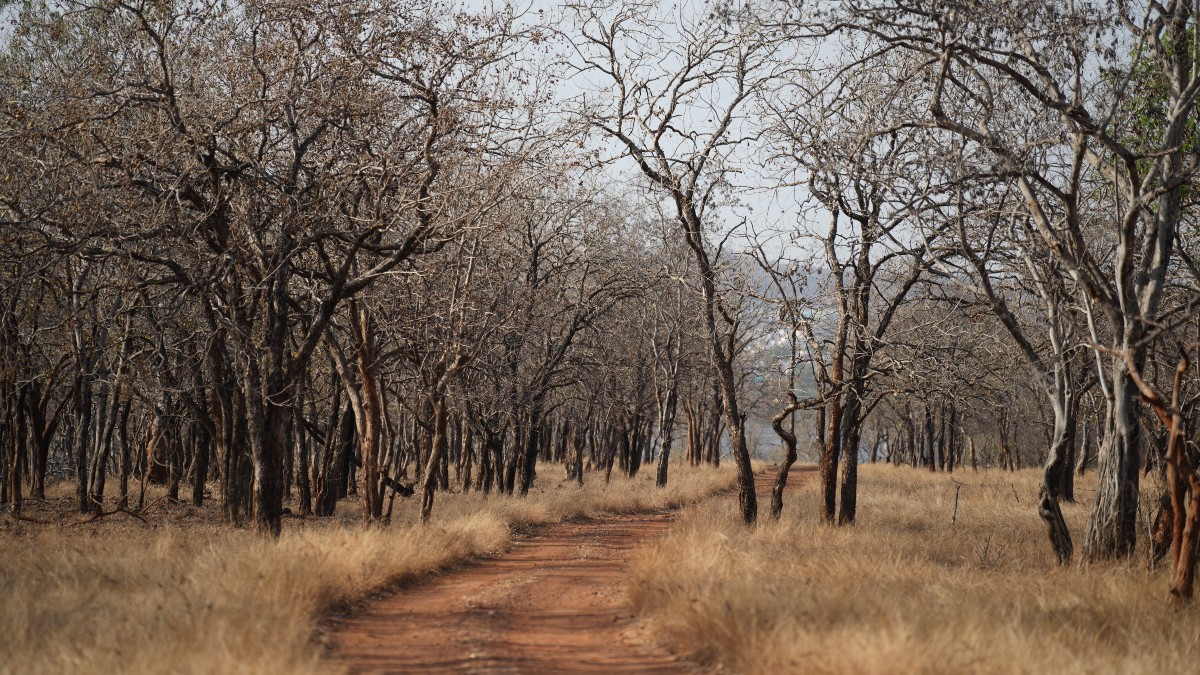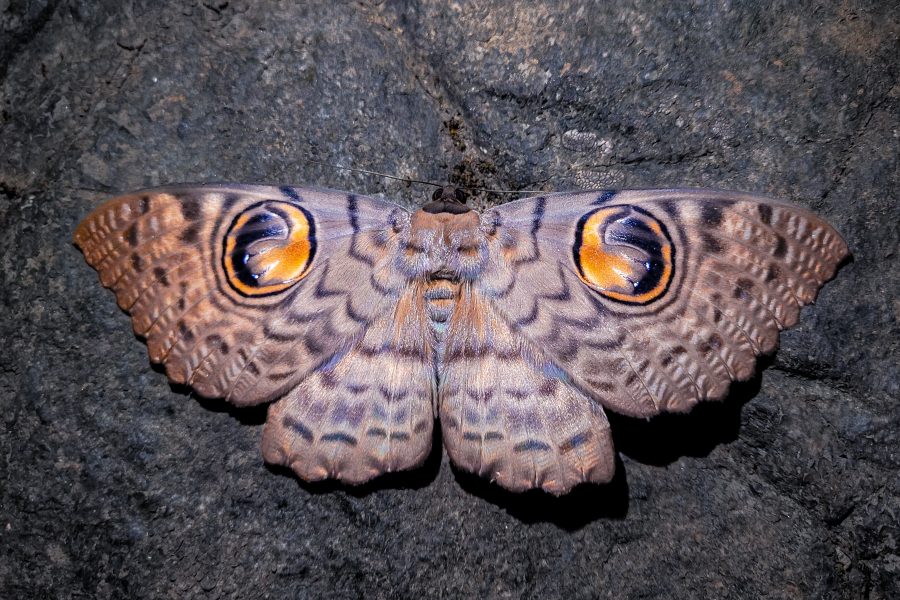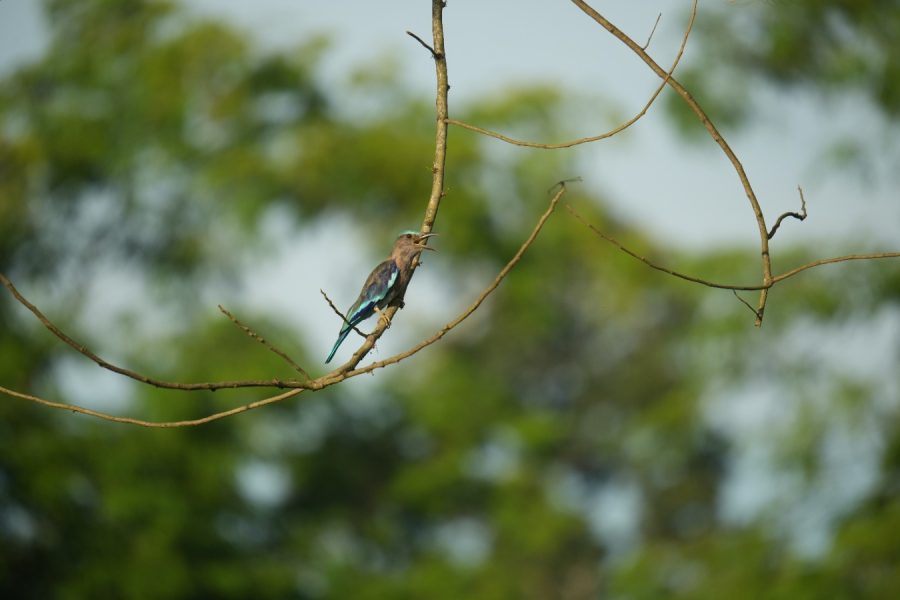The summer of 2024 has been exceptionally hot, with temperatures reaching unprecedented highs across India. In the northern regions, the mercury soared to a record-breaking 52.9 °C (126.1 °F) in Delhi, the nation’s capital. This intense heat has severely impacted all creatures, great and small, resulting in numerous situations requiring immediate attention. The Wildlife SOS Rapid Rescue Units in Delhi, Agra, and Vadodara have been inundated with distress calls concerning animals suffering from heat stroke, dehydration or seeking refuge in cool human-populated areas. Let’s take a closer look at the effects scorching temperatures have on birds and animals, and explore the necessary steps that can be taken to take care of them.
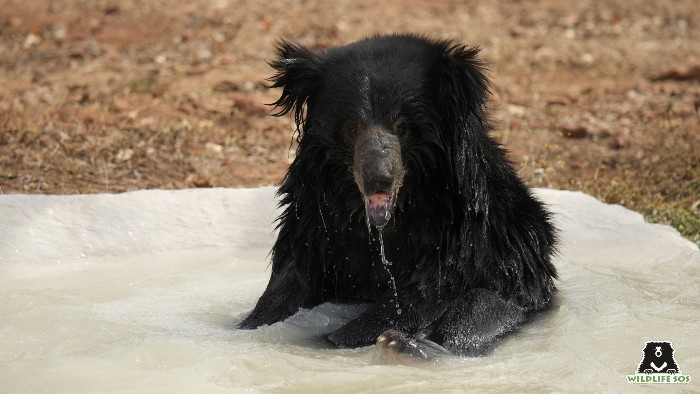
The Impact of Heat on Wildlife
Just like humans, animals suffer greatly from extreme heat. However, unlike humans, who can easily switch on an air conditioner to beat the heat, urban wildlife cannot. As their natural habitats are being rapidly replaced by concrete constructions, these species face prolonged exposure to high temperatures with limited access to water sources. Dehydration and heat stroke are what avians and animals were found struck with as well, and these can be fatal for them if not treated promptly. Birds, reptiles, and small mammals are particularly vulnerable as they struggle to find sufficient water and shade in altered environments.
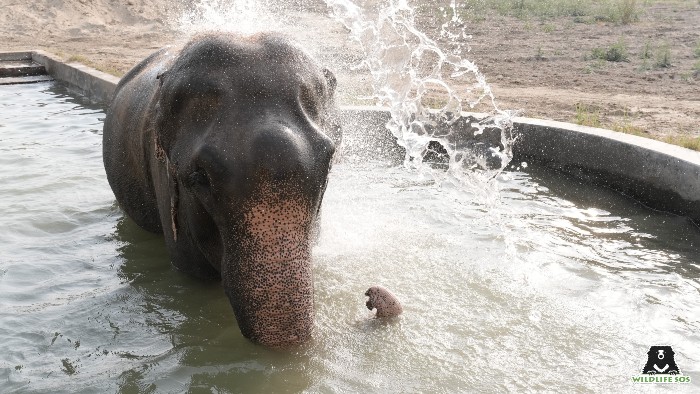
It is important to first understand what these conditions entail:
- Dehydration
Dehydration occurs when an animal loses more fluids than it consumes, leading to a deficit in bodily fluids. If lost fluids are not replaced, the animal becomes dehydrated. Reduced water content affects the animal’s ability to regulate body temperature, and upsets balance of minerals, impacting physiological functions immensely. While mild to moderate dehydration can usually be reversed by drinking plenty of fluids, severe dehydration needs immediate medical treatment.
Birds are more susceptible to dehydration as they have a higher metabolic rate than mammals. Reptiles can lose more than 10% of their body weight due to loss of fluids, which is when they begin to show signs of dehydration distress. Mammals display adverse symptoms at just 2% fluid loss.
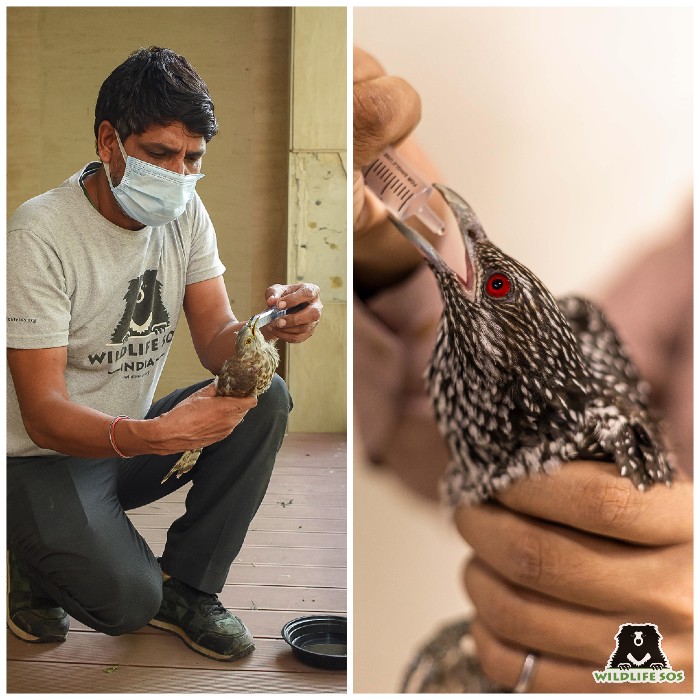
- Heat Stroke
Heat stroke is an intense form of hyperthermia where the body temperature exceeds the normal range due to excessive environmental heat and humidity. A heat stroke can lead to failure of the thermoregulatory mechanisms, resulting in cellular damage, multi-organ failure, and, if left untreated, loss of life.
The critical temperature threshold varies among the species. For birds, a heat stroke occurs when their core body temperature exceeds 44°C (111°F), while for reptiles, depending on the species, this temperature can vary between 35°C and 40°C (95°F to 104°F). For mammals, body heat more than 40°C (104°F) can cause impact.
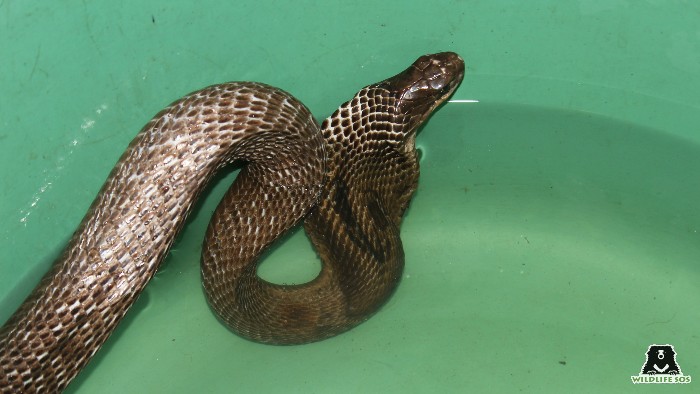
Recognising the Signs of Dehydration and Heat Stroke
It is essential to recognise the signs of dehydration and heat stroke in animals so as to provide immediate first aid to the affected species.
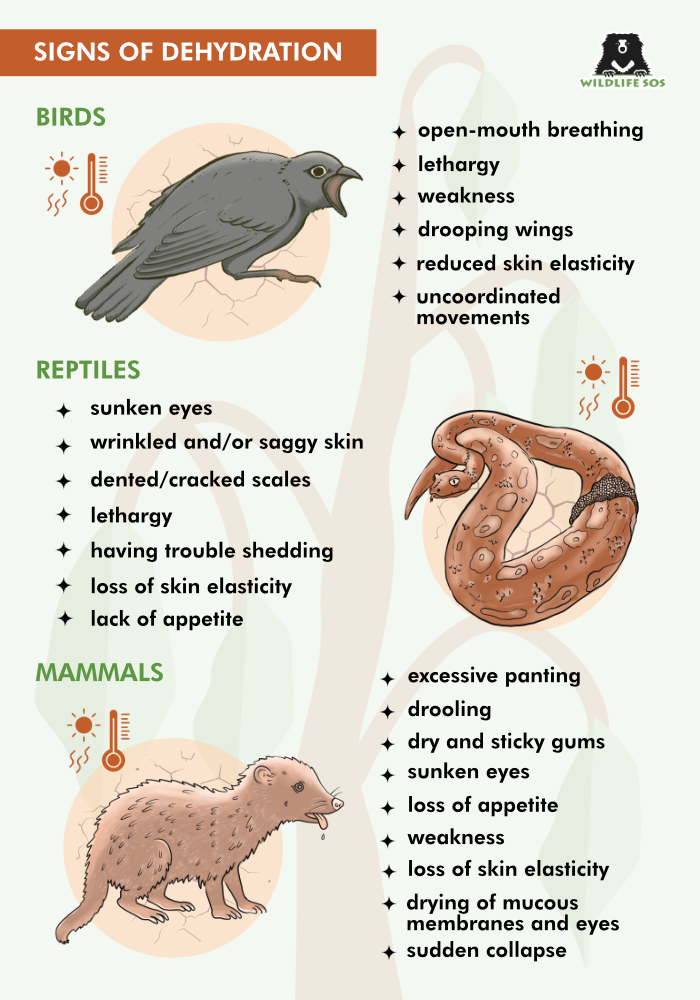
Steps to Take When You Encounter an Animal Suffering from Dehydration
If you happen to encounter an animal showing any of the above signs of dehydration and heat stroke, follow the following steps:
- Move the animal to a cooler place: Carefully place the affected animal to a shaded or air-conditioned environment. In cases where this is a challenging task to accomplish, reach out to the nearest wildlife organisation or forest official immediately.
- Provide water: Offer small amounts of cool (not cold) water. For mammals, placing a wet, cold towel on them can help. For birds, gently misting them can lower their body temperature.
- Contact wildlife experts: Safe handling of wild animals is paramount when they are found in distress. It is advisable to reach out to the nearest wildlife rescue organisation or veterinary clinics to gather professional assistance.
- Ensure your own safety: Concerned citizens sensitive towards wildlife must take necessary precautions to protect themselves while providing aid to the affected animal.
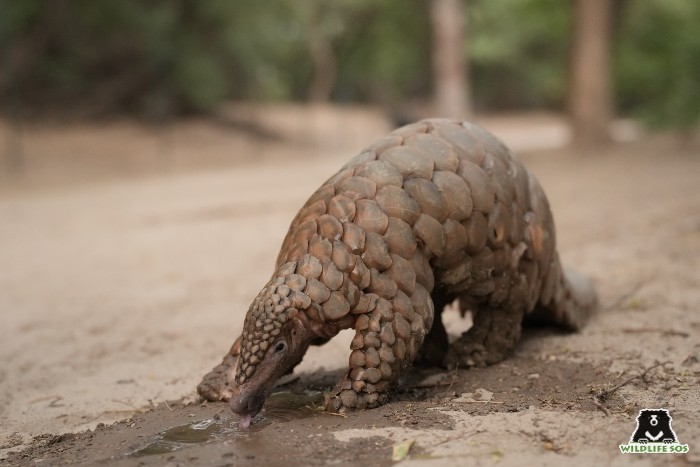
Wildlife SOS to the Rescue
When Wildlife SOS’s Rapid Response Units receive calls concerning heat-impacted animals, swift action to perform rescue with aid is taken:
- Initial Assessment
Our team conducts a quick assessment at the site to determine the severity of dehydration and heat stroke. If the animal shows mild signs of dehydration, it is provided with small amounts of water to drink. The animal or bird is lightly sprayed with water to help reduce their body temperature. The professional team observes them for a while, and if they regain their sufficient energy, they can be released on site. In some cases, our team has dealt with animals that were gravely struck by heat, showing signs of extreme dehydration. Such animals are transported in our air-conditioned ambulance to our medical facility for urgent treatment.
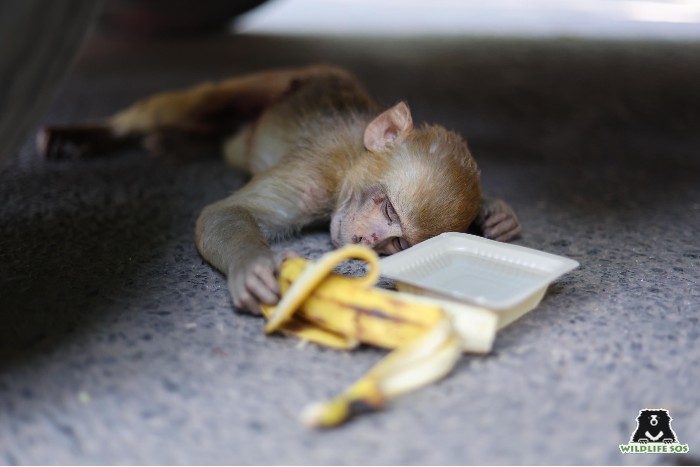
- Medical treatment
Animals showing alarming symptoms are taken to our veterinary facilities, where they receive comprehensive care. For those suffering severely, intravenous fluids are provided, and ORS (Oral Rehydration Solutions) is prescribed to animals that display milder signs. Medications are also administered to manage heat stroke so as to prevent complications. Our veterinary team continuously monitors the animals while they are under its care to ensure they are responding well to the treatment.
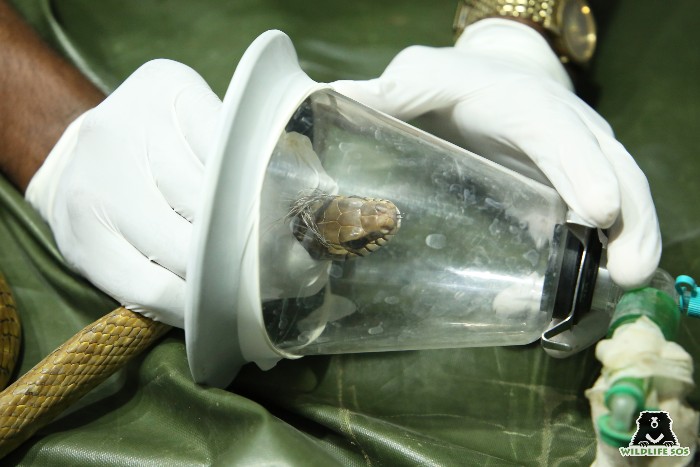
- Recovery and rehabilitation
Once stabilised, the animals are given time to rest and recuperate in a cool, safe, stress-free environment. After they have fully recovered and are healthy enough, they are reintroduced to their natural habitats.
Preventive Measures You Can Take
Prevention is always better than a cure. While climate change is an ongoing battle with no end in sight, small actions on our part can help ensure that the animals we share our neighbourhoods with are well taken care of. Here are some preventive measures you can take:
- Provide Water: The simplest way to help is to place shallow dishes filled with water in your garden or balcony for birds and small animals to drink from.
- Create Shade: The provision of shade, using eco-friendly nets or by maintaining plants and trees can help neighbourhood animals experience respite from the scorching heat.
- Be Vigilant: Keep an eye out for birds, animals or reptiles in distress, and spearhead the act to promptly provide them help.
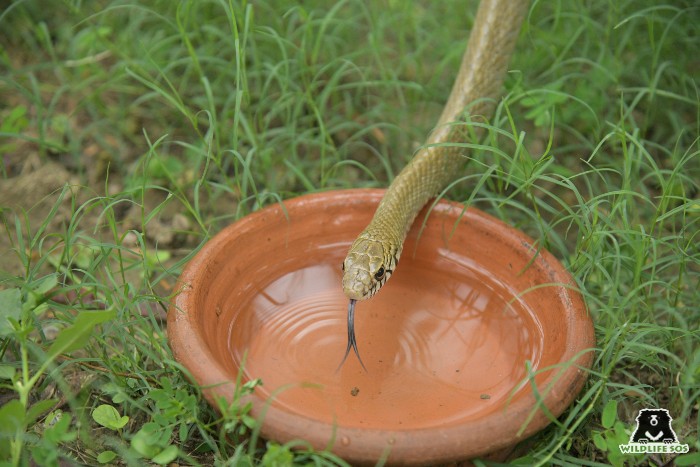
If you reside in an area where Wildlife SOS have 24X7 active rescue units, you can reach out to them for assistance at:
Delhi NCR: +91 9871963535
Agra: +91 9917109666
Vadodara: +91 9825011117
Jammu and Kashmir: +91 7006692300, +91 9419778280

